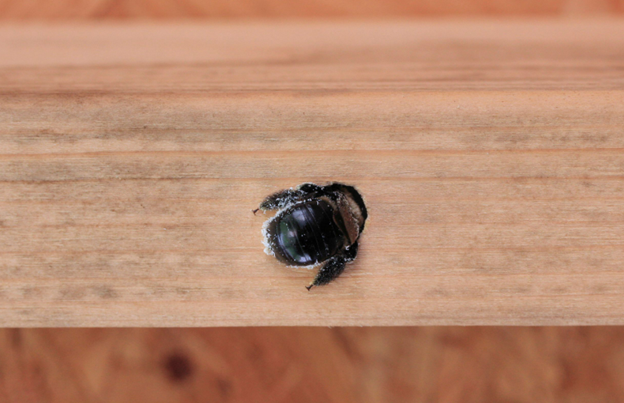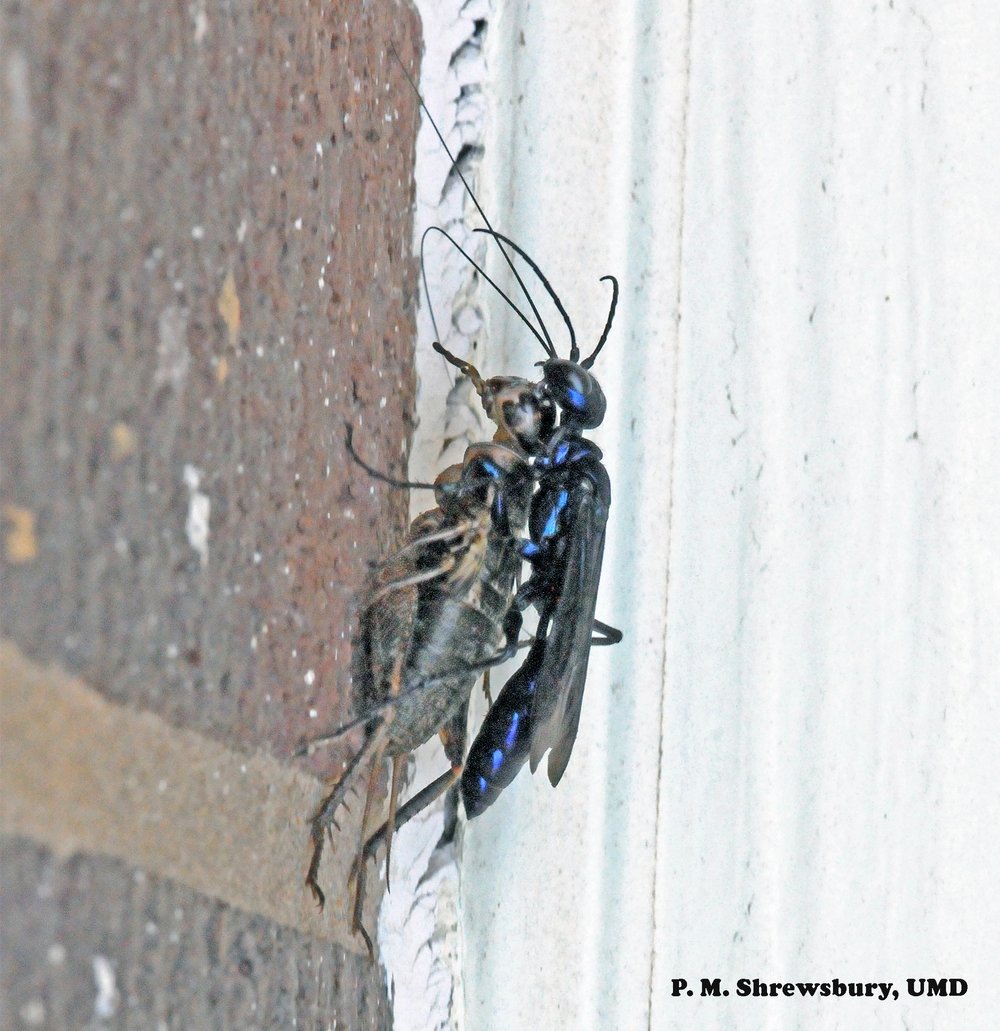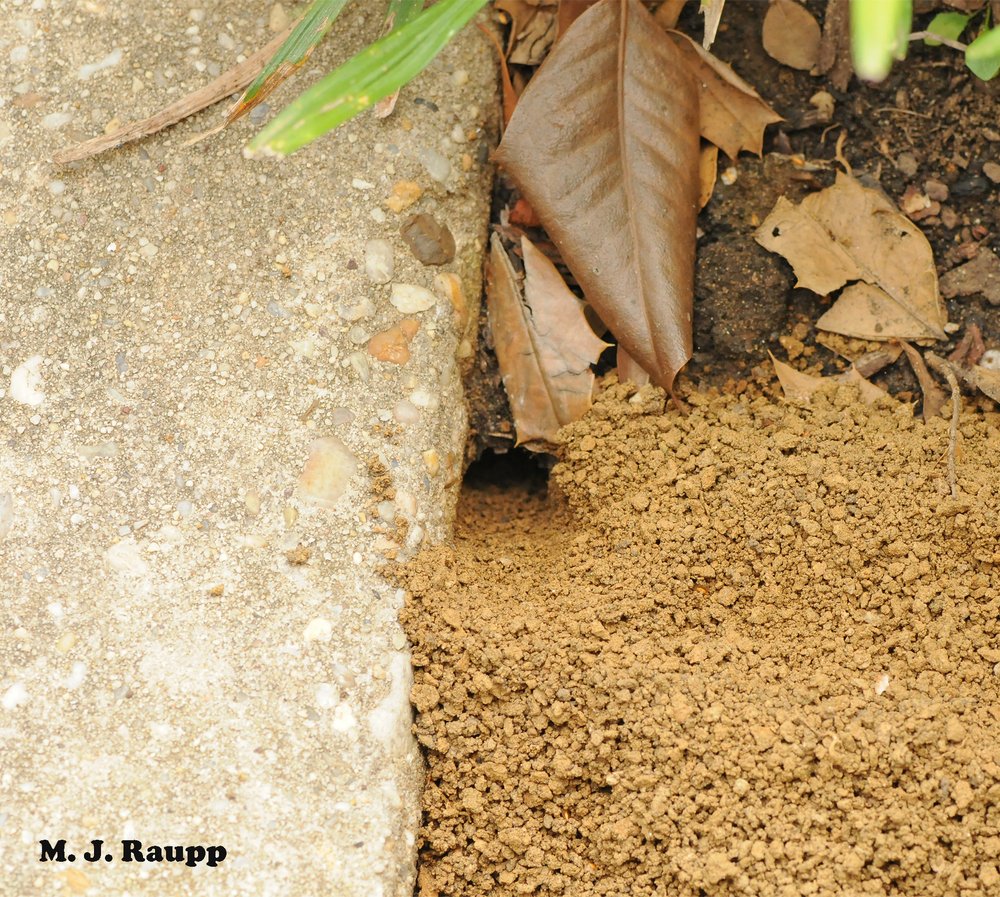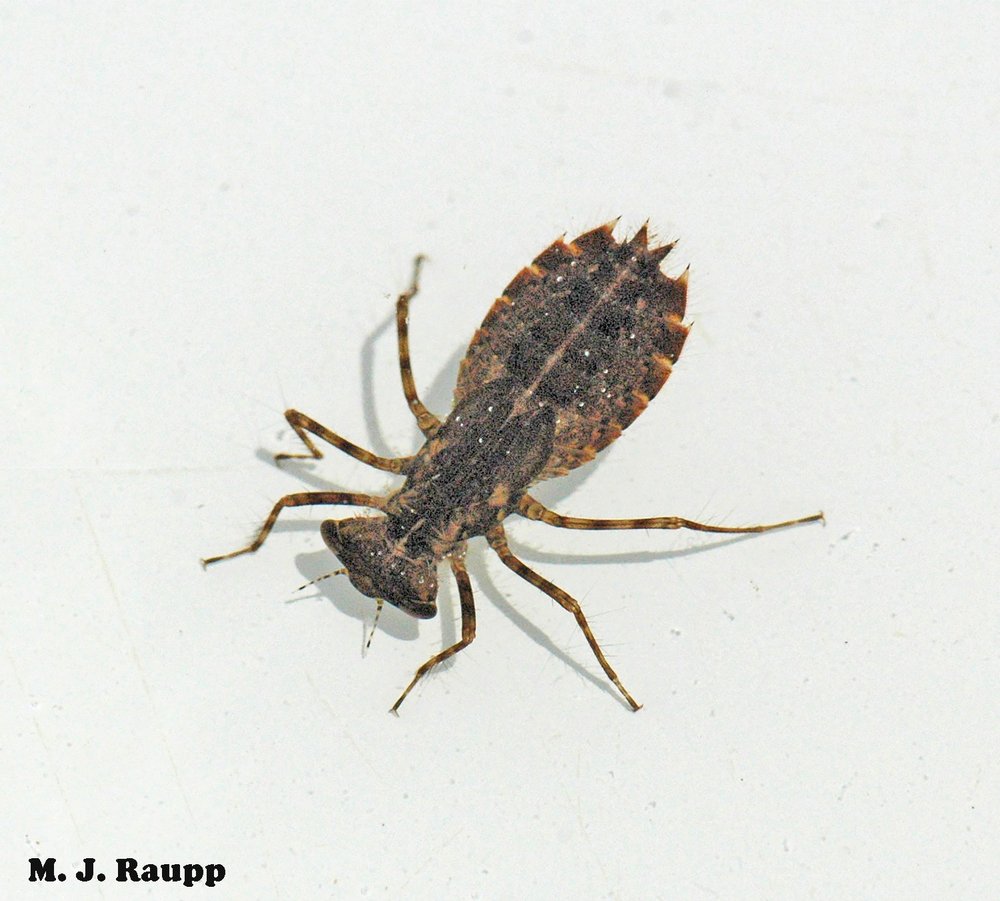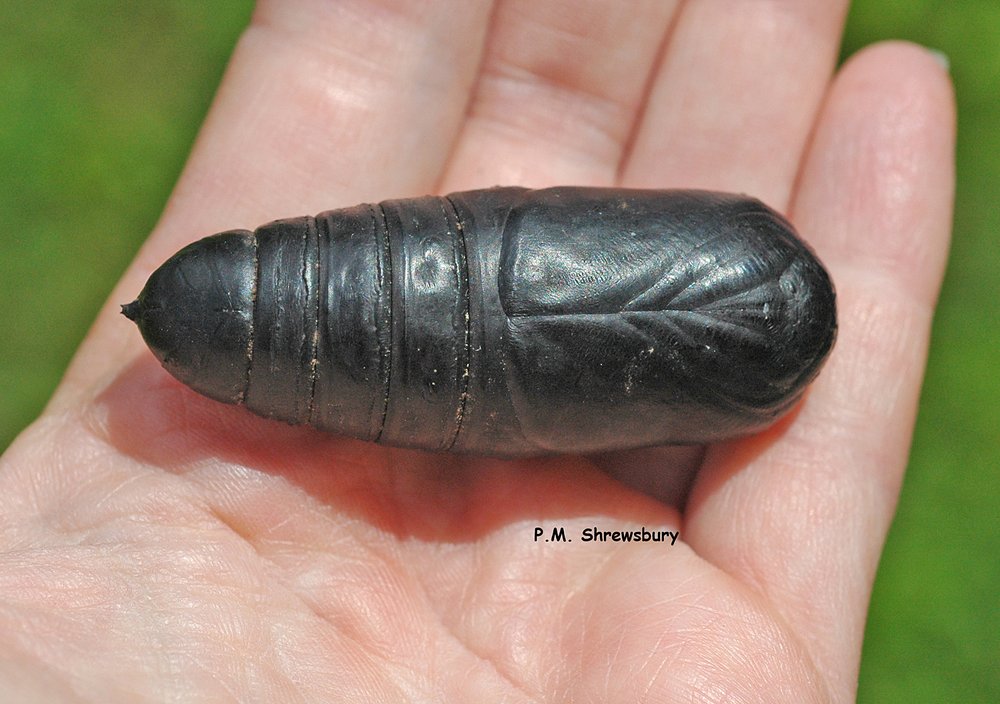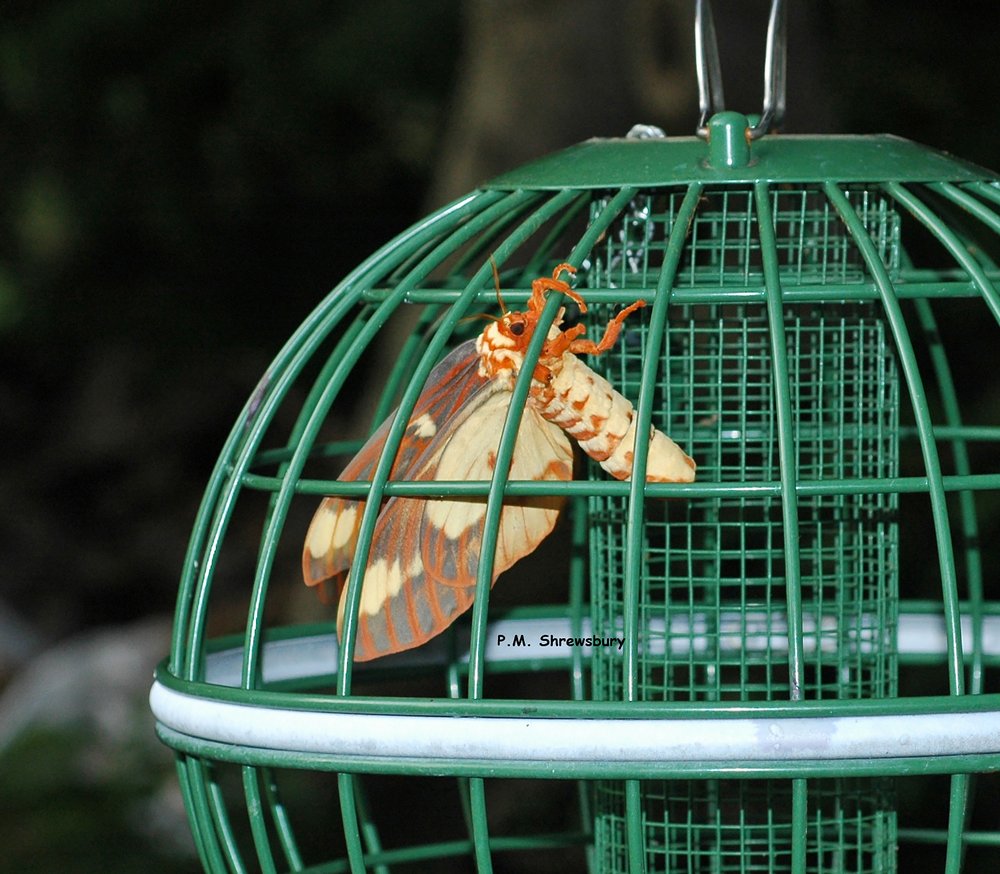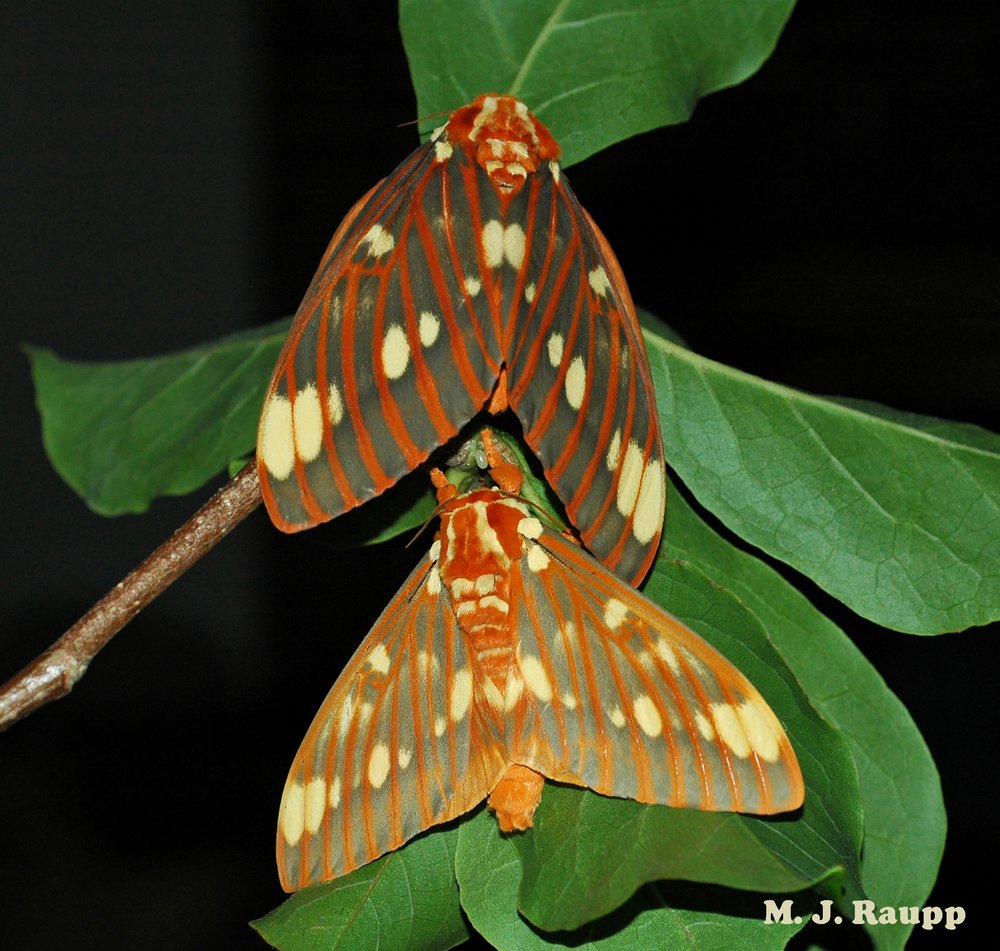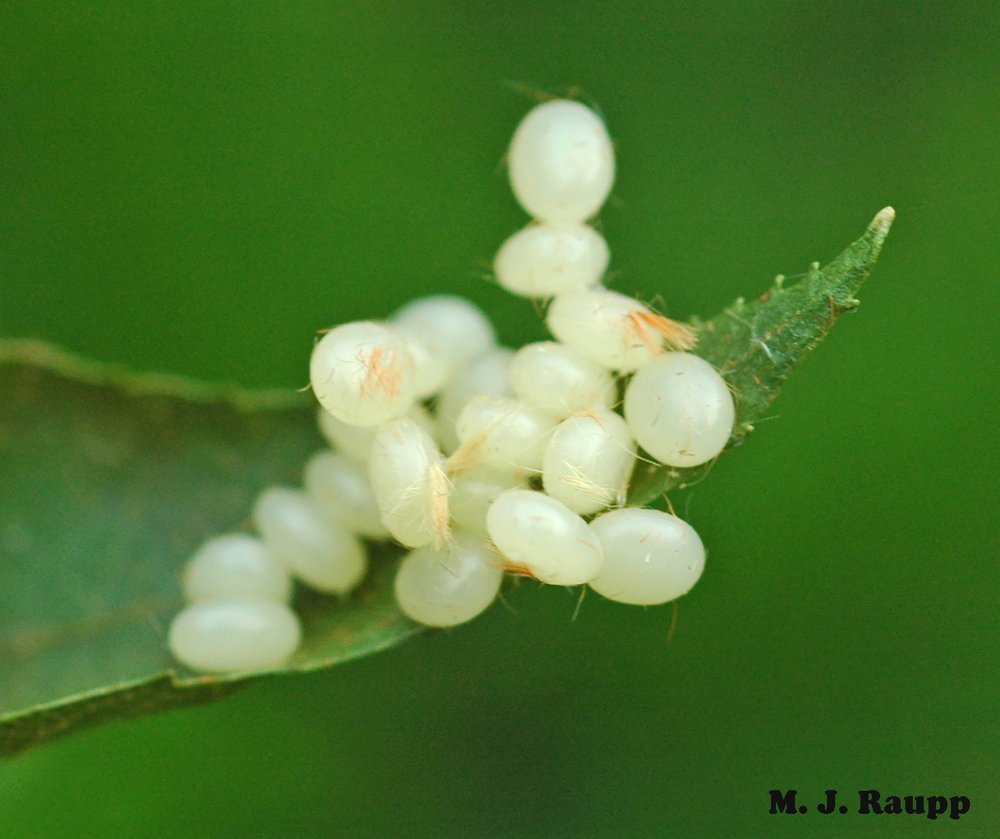Do You Need to Replace Insulation After Mice?
Learn About the Damage Mice Can Cause to Insulation & if it Would Need to be Replaced After an Infestation
More than 14 million homes and businesses experience rodent infestations every year in North America. Not only do mice and other rodents spread dozens of diseases, but they can also wreak havoc inside homes and other buildings.
Mice are among the most common pests found throughout the Northeastern United States, particularly during cool weather when these small critters make their way indoors.
Once inside, they create nests in quiet, dark spots, chew holes through walls, and burrow into insulation, leaving droppings and urine in their wake. Damage to insulation doesn’t always occur, but it’s not uncommon after a mouse infestation, particularly if the mice have nested in the home or building for a significant length of time.
Signs of Mice in Attic Insulation
Mice are often found in attics, where they can often nest undisturbed and undetected. These tiny rodents can cause significant damage, including gnawed wires, chewed woodwork, and contaminated surfaces.
That’s why it’s essential to rely on professional mouse control from a trusted expert like Catseye Pest Control once the infestation is discovered.
Mouse infestation signs to look for include:
- Noises, such as scratching, skittering, and scurrying, in the attic or wall — especially at night.
- Gaps and cracks that seem to get larger in walls, trim, or flooring.
- Wood chips or insulation material on the attic floor.
- Gnaw marks on wood, food items, cartons, and other objects.
- Droppings or urine stains on floors, walls, and other areas.
- Greasy-looking tracks along floors where mice run back and forth, creating a path, and leaving oil deposits behind from their fur.
- Strong, musty smell in the attic or throughout the home.
In addition to these signs of infestation, a glance at the insulation may also provide clues. Mice often burrow into the insulation to create nests inside. They also use the material to build their nests.

Do Mice Eat Insulation?
Mice tend to chew through almost anything, including wires, cardboard, wood, and insulation. But what do mice do with the discarded remnants and debris?
Occasionally, mice may ingest small bits of insulation. Fiberglass, loose-fill, and batt insulation are particularly appealing because of its warmth and softness.
Although these small, fleet-footed pests may eat small amounts from time to time, it’s more common for them to burrow and tunnel into it. Mice primarily use insulation to add fluff and coziness to their nests.
With their sharp teeth and claws, mice will cause significant damage. Not only do they pose a health hazard, but the critter can also cause moisture and draft problems in homes as the insulation is destroyed.
Complete control is needed to get the situation under control and prevent further damage. The Rodent Plus Program from Catseye can offer peace of mind by locating the source of the infestation, removing all mice, and then keeping them out.
How to Keep Mice Out of Insulation
To keep mice out of insulation (and out of the attic), a multipronged must be taken.
Sealing cracks and openings where mice can enter and investing in exclusion systems can help keep mice out for good.
Additionally, disinfection after an infestation can work to restore healthy living conditions and help prevent attracting mice in the future.
The scent of mouse urine attracts more mice. Researchers have found a protein in the urine of male mice that marks their territory and can attract mice to the area. This underscores the need for complete rodent control and clean-up after an infestation.
If mice have contaminated or damaged insulation, replacing the insulation is a must. Otherwise, debris and excrement may be left behind. Also, holes and gaps can create moisture, leading to mold and mildew.
It can also leave a home or building vulnerable to temperature swings due to compromised insulation.
Some insulation materials are less attractive to mice and rodents.
For example, blown-in foam and cellulose insulation may not be rodents’ first choice for burrows and nests. However, no reliable rodent-resistant insulation is available on the market.
The only sure way to keep mice out of insulation is by using a reputable rodent control program and an exclusion system that acts as a safe, natural, permanent barrier.
Catseye can facilitate this need through our state-of-the-art Cat-Guard Exclusion System that is comprised of three parts.
- Upper Cat-Guard: Designed to shield homes and structures from bats, birds, squirrels, raccoons, mice, and rats. Upper Cat-Guard is perfect for homes with chimneys that are more easily infested by wildlife.
- Lower Cat-Guard: From the first-floor windows to the ground, Lower Cat-Guard defends structures from critters like mice, rats, chipmunks, squirrels, and many others.
- Trench Guard: Ensuring low-clearance structures like decks and sheds, Trench-Guard protects against woodchucks, skunks, opossums, and other critters.
Once the infestation has been professionally handled and the exclusion system is in place, the next step is to clean up the area and replace the insulation. This process is vital in restoring the building to its rodent-free condition and eliminating the threat of possibly spreading rodent-borne illnesses.
Contact Catseye for Complete Control & Peace of Mind
With decades of experience providing pest control throughout Massachusetts, Southern New Hampshire, Connecticut, and Rhode Island, Catseye has the expertise needed to remove mice and restore your peace of mind.
With our comprehensive exclusion services, cleanup and restoration program, and Platinum Home Protection, we can get mice out and help keep them out of your home, attic, and insulation.
Contact Catseye today for more information about how we can help mitigate an infestation or to schedule a free inspection.
The post Do You Need to Replace Insulation After Mice? appeared first on Catseye Pest Control.
This article appeared first on Catseye Pest
